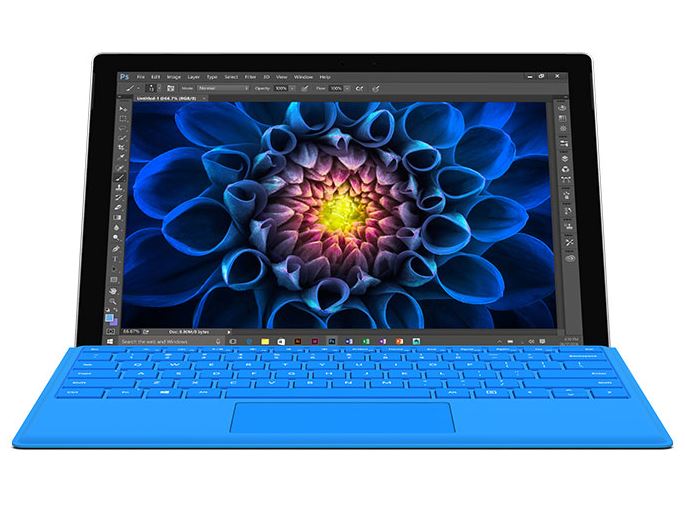Microsoft's Windows business helps power its Q2 FY17

While Wall Street analysts' eyes are almost entirely trained on Microsoft's growing cloud businesses these days, it was the company's Windows business that delivered one of the biggest surprises in Microsoft's earnings for its Q2 fiscal 2017.

Microsoft's so-called "More Personal Computing" segment includes Windows, devices (Surfaces, Phones, Xbox consoles), ads, and games/gaming services. That part of Microsoft's business was the largest of its three primary segments, revenue-wise, at $11.8 billion for the quarter, but barely second in operating income, at $2.5 billion. This part of Microsoft's business is growing slower than Microsoft's business cloud/apps businesses.
Featured
Surface revenues were down two percent, to $321 million for the quarter, compared to the year-ago quarter. And phone revenues were down 81 percent, comparatively. But neither of these trends were unexpected.
Microsoft is in the midst of phasing out its Surface 3 line. Surface Book got a fairly minor refresh (the Performance Base) during the quarter, and Surface Studio, Microsoft's large-monitor drafting-table style all-in-one, is definitely a new and niche market. Rumors of a bigger Microsoft Spring 2017 hardware launch, where products like Surface Pro 5 and Surface Book 2 may materialize, continue to run rampant.
On the phone front, an 81 percent decline looks horrendous, unless one realizes this is part of Microsoft's plan to stem the bleeding by getting out of the phone-manufacturing business. During Q2 FY2017, Microsoft sold its feature-phone business to HonHai/Foxconn and worked to sell off lingering Lumia inventory. (The company is believed to be aiming to take another run at the phone/mobile business someday, but not any time in the immediate future.)
Thanks, at least in part to Windows 10 sales into enterprises, according to the company, Microsoft's Windows OEM Pro business was up six percent for the quarter, and its non-Pro (consumer) business was up five percent. This may not sound like much, until you compare these numbers to recent quarters. (Click on chart below to enlarge.)
Xbox console sales and prices were down, but Xbox software and services revenues were up, with related digital transactions hitting $1 billion this quarter.
What about the faster-growing, sexier Microsoft businesses, a k a the "Productivity and Business Processes" and "Intelligent Cloud" segments? They also had ups and downs.
Office 365 Commercial (business) growth seems to be slowing a bit, at least in terms of the pace of growth for seats, which are now at roughly 96 million based on Microsoft's statement that they are up 37 percent over the year-ago quarter.. LinkedIn -- which Microsoft officially bought as of December 8, 2016, contributed $228 million in revenue, but also was short $200 million in operating income.
Microsoft said there are now more than 65 million active Office on iOS and Android devices, a piece of business that's more than doubling year-over-year. Some of these devices are using Office for free; those with larger screens and who want more functionality are paying.
Microsoft officials said the company is seeing solid demand for Office 365 commercial from customers transitioning to the mid-range Office 365 E3 plan. The premium, most expensive E5 plan is still in the early phases of gaining traction. But Microsoft's goal remains to continue to upgrade and add new features and user types to its Office 365 releases, targeting specific segments of the market, as it did with its recent StaffHub staff-management addition to Office 365.
The Intelligent Cloud segment, in some ways, remains Microsoft's most cloudy, yet most closely watched piece of its business.
Microsoft does not break out revenues by product/service in this segment. Instead, officials talk about growth percentages from some unknown base. Azure revenues were up 93 percent this quarter (from some previously unknown number). Azure compute usage more than doubled year-over-year, again from some unknown figure. Server products, including Windows Server 2016, which launched during Q2, and cloud services revenue combined was up 12 percent.
The good news on the cloud front is that Microsoft is now at a $14 billion annual run rate with its "commercial cloud" properties, as of this quarter. Last quarter, Microsoft was at a $13 billion commercial cloud run rate. Its stated goal is to hit the$20 billion run rate mark by 2018.
Microsoft is building a 'world graph' for geographic data: